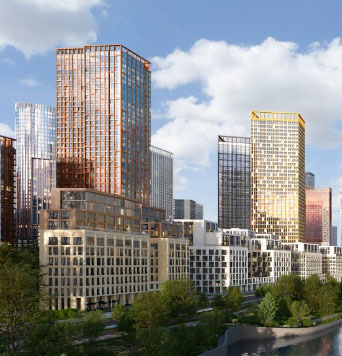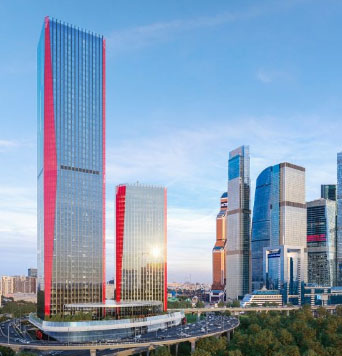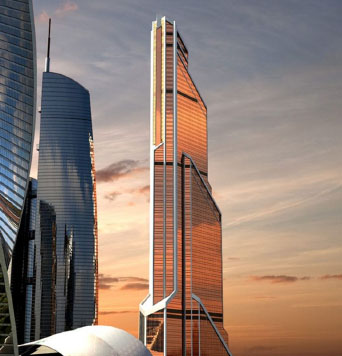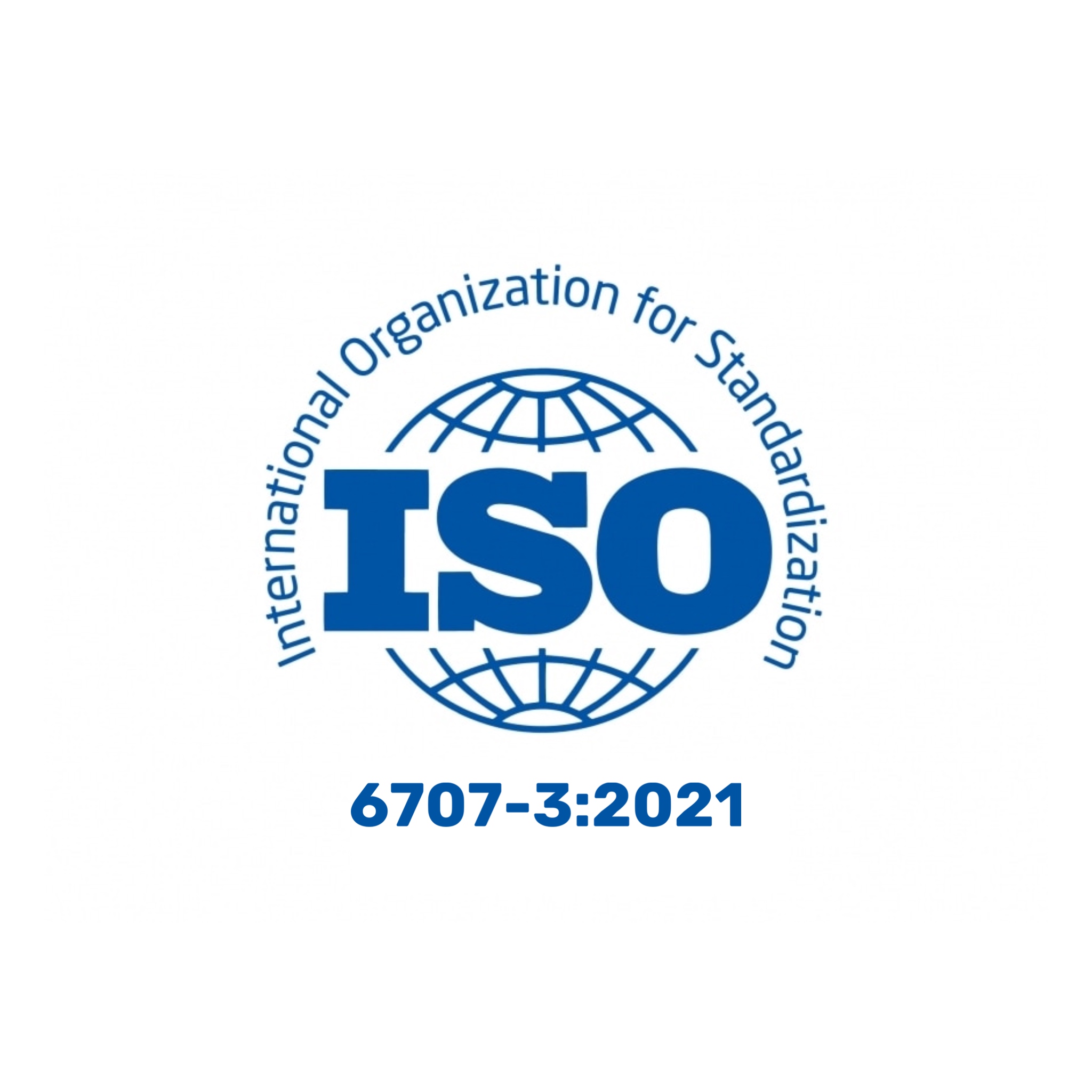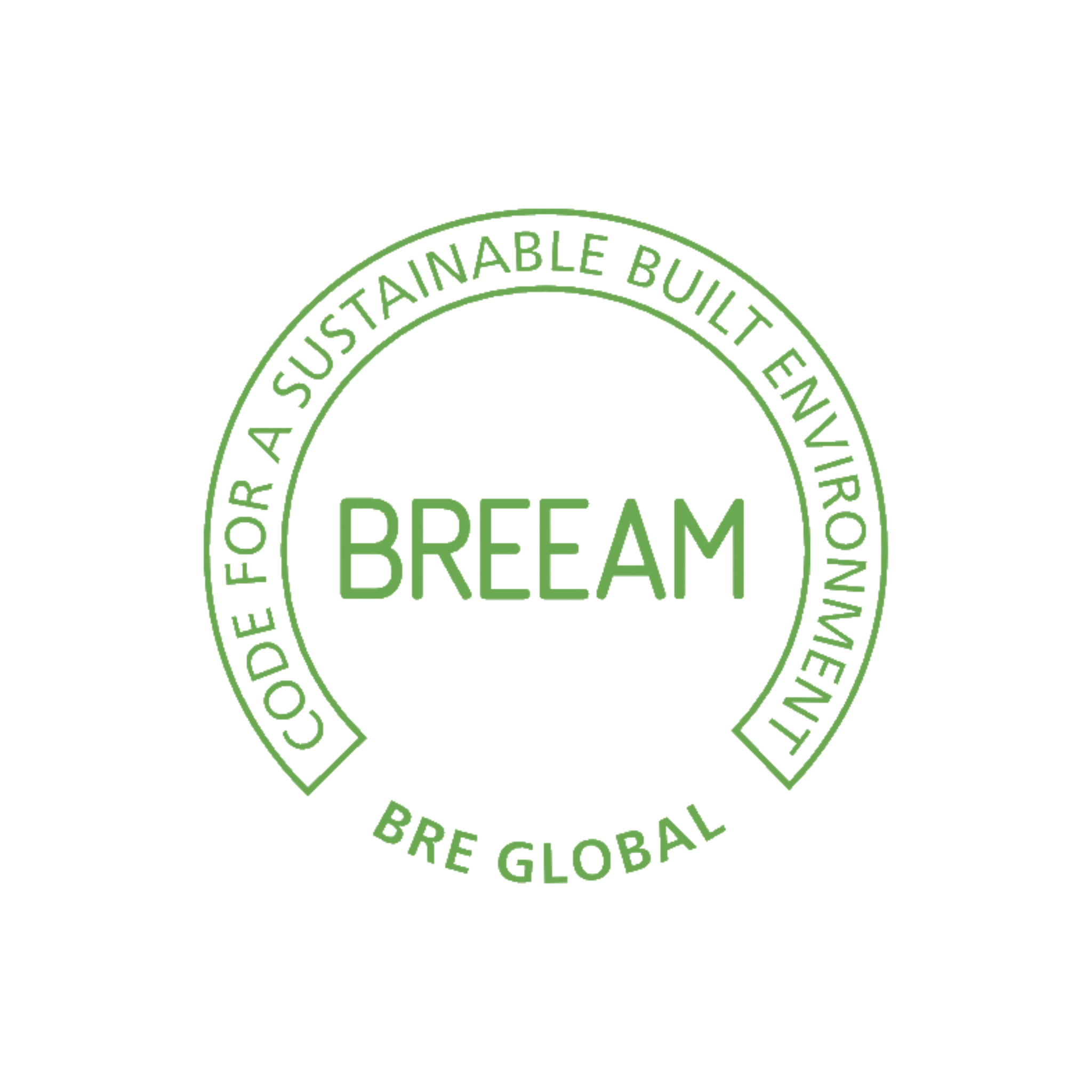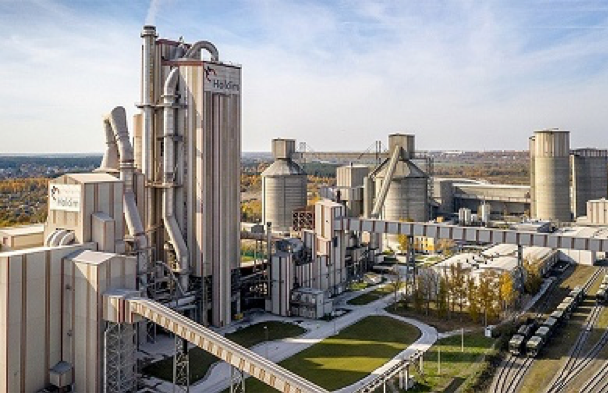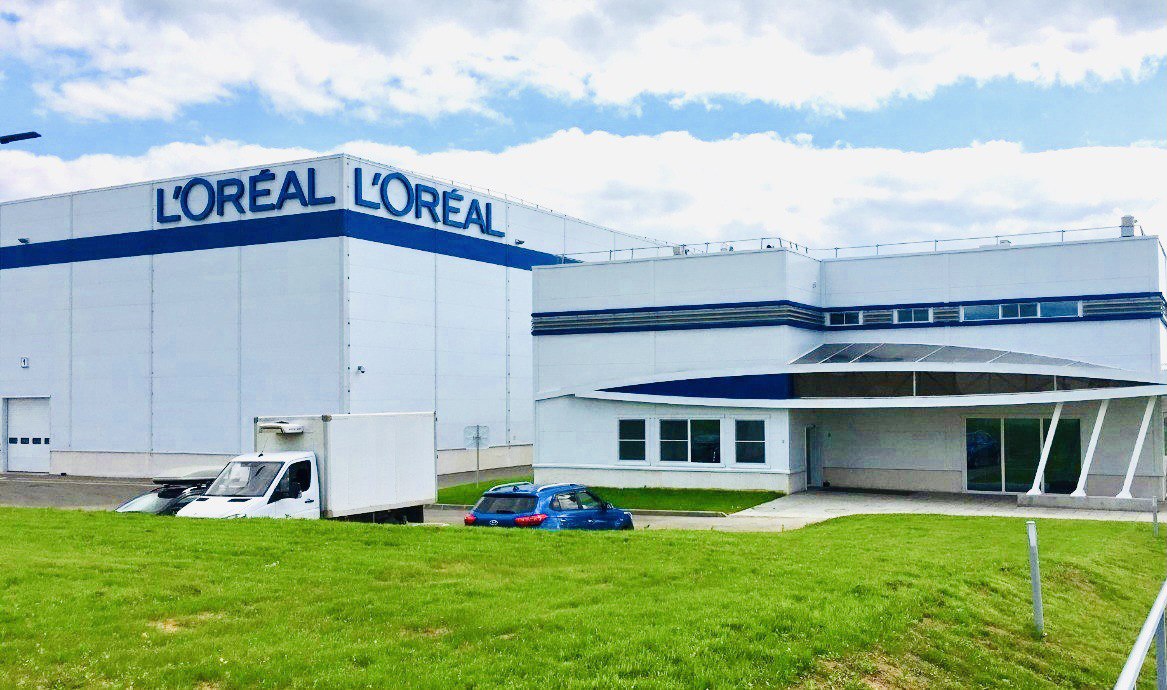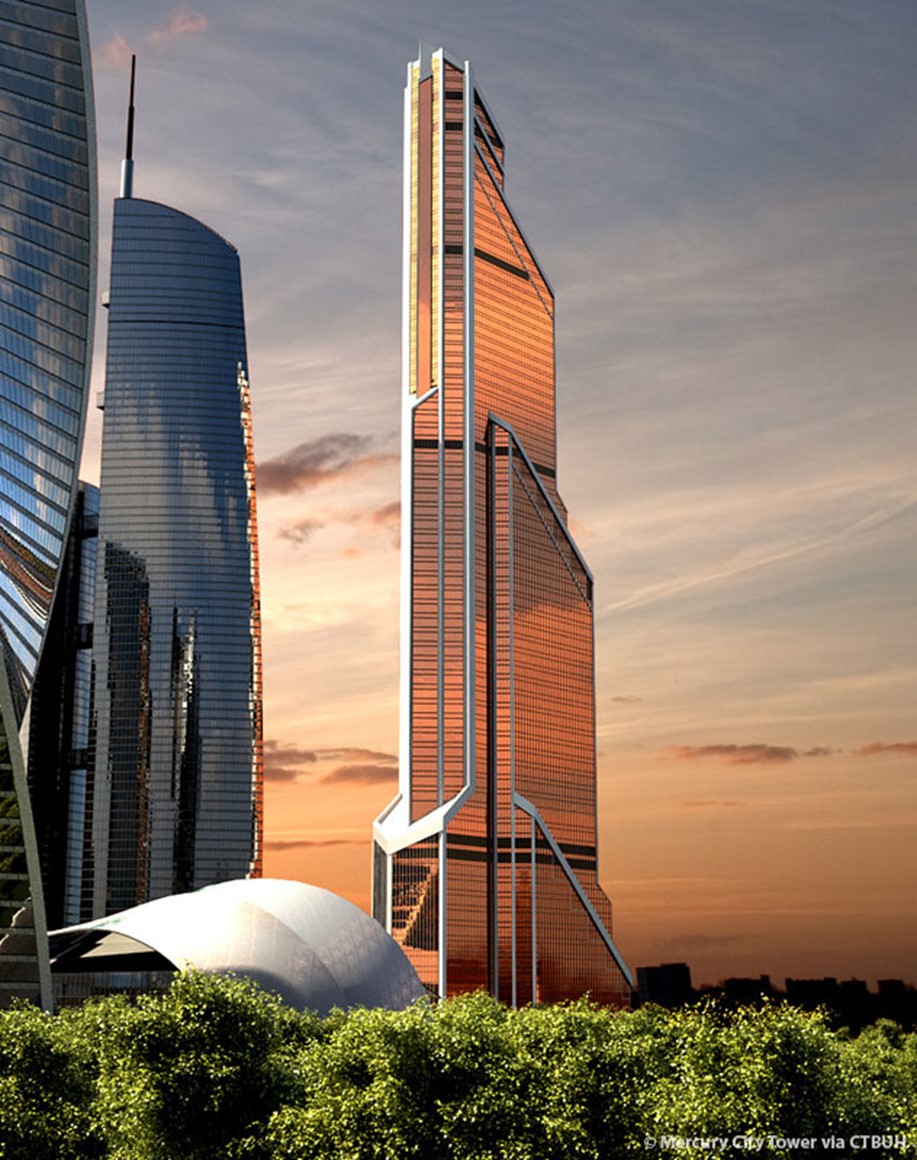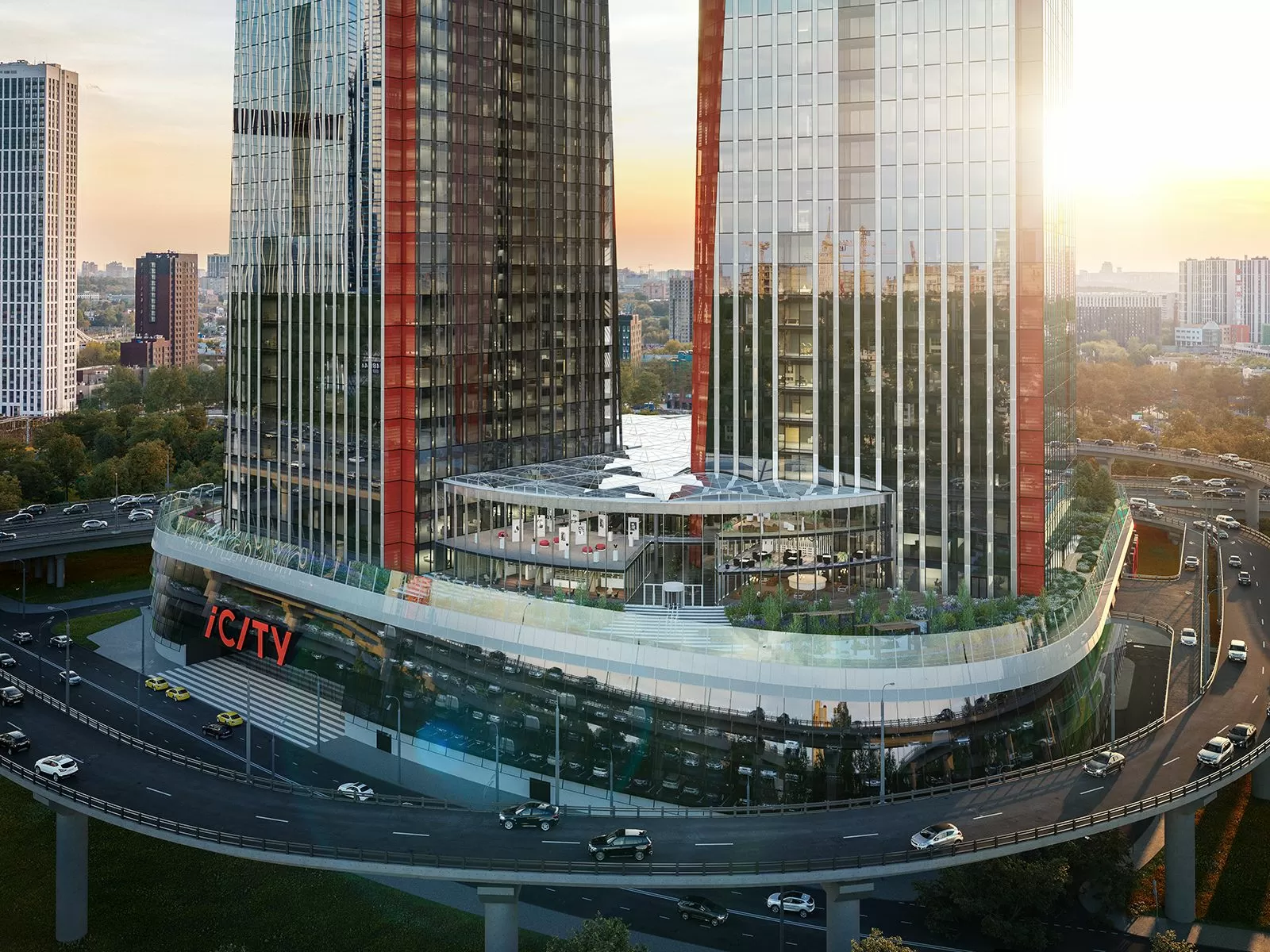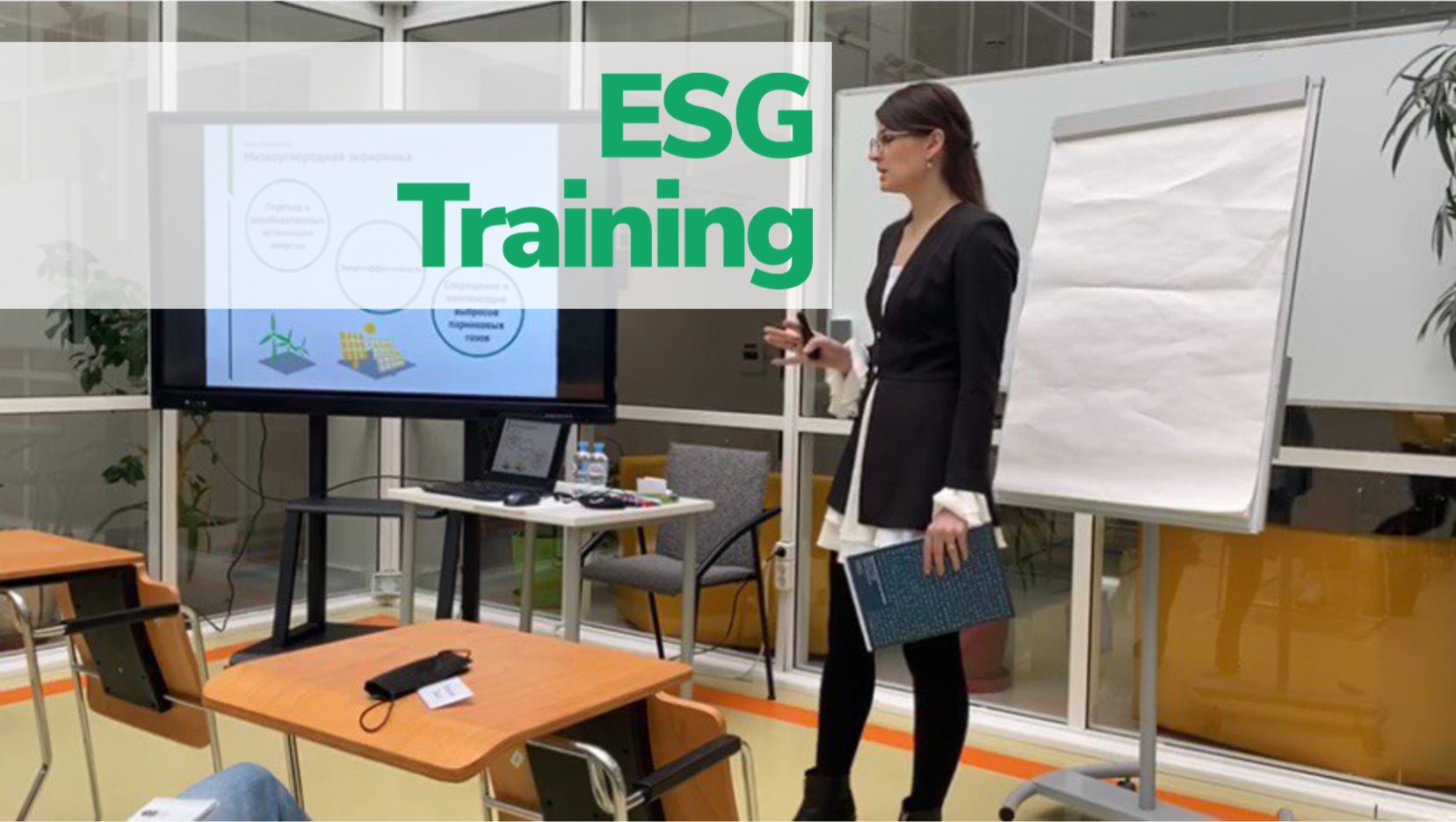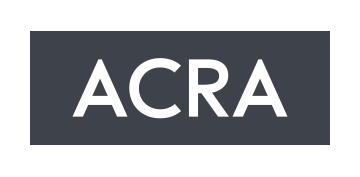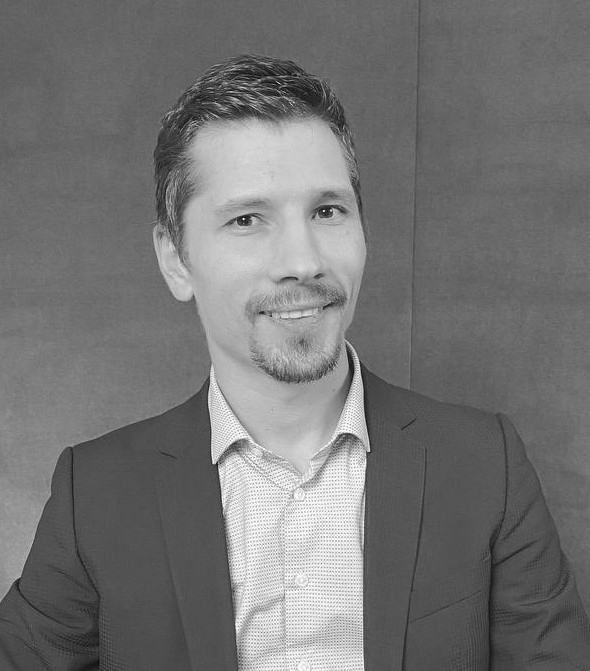

LEED, BREEAM, WELL, IRIIS Certification
We help to make the territory and buildings modern, resource-efficient, comfortable and environmentally friendly with high added value and obtain international certification.
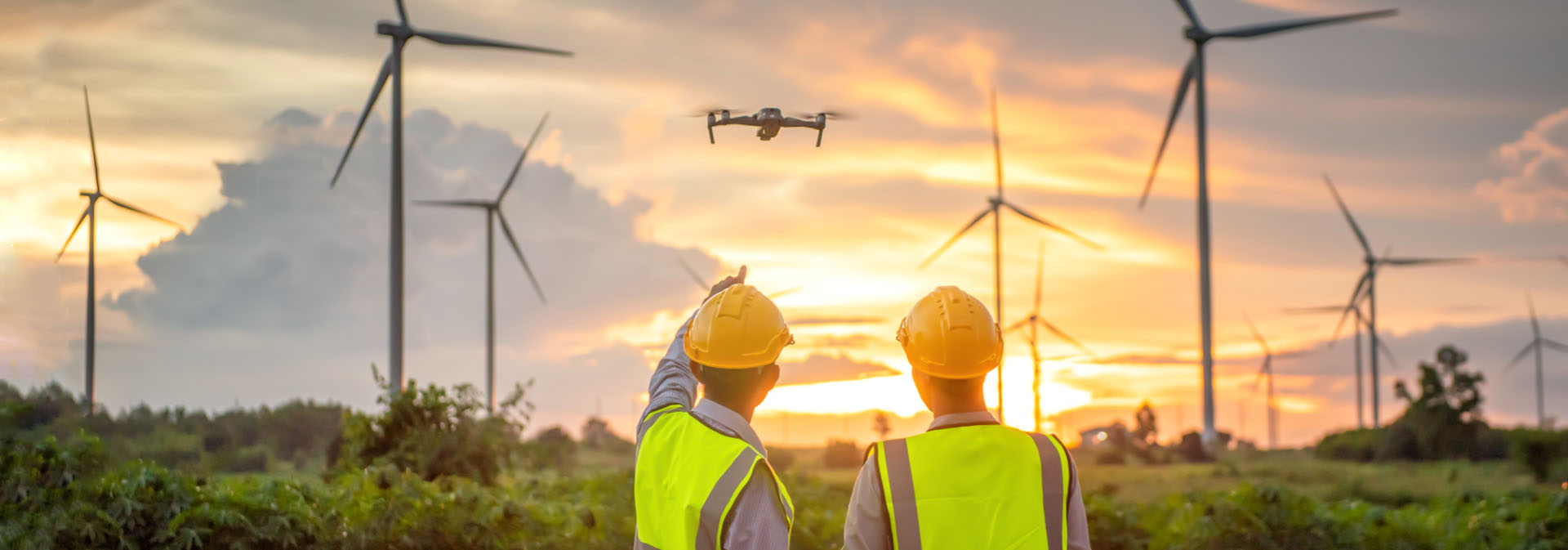
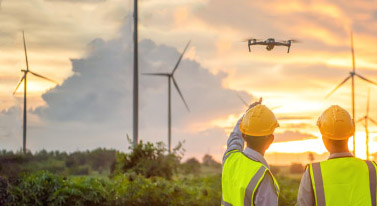
Climate Risks and Greenhouse Gas Management
We make calculations and verification of greenhouse gases. Create concepts of optimization and compensation of the carbon footprint.
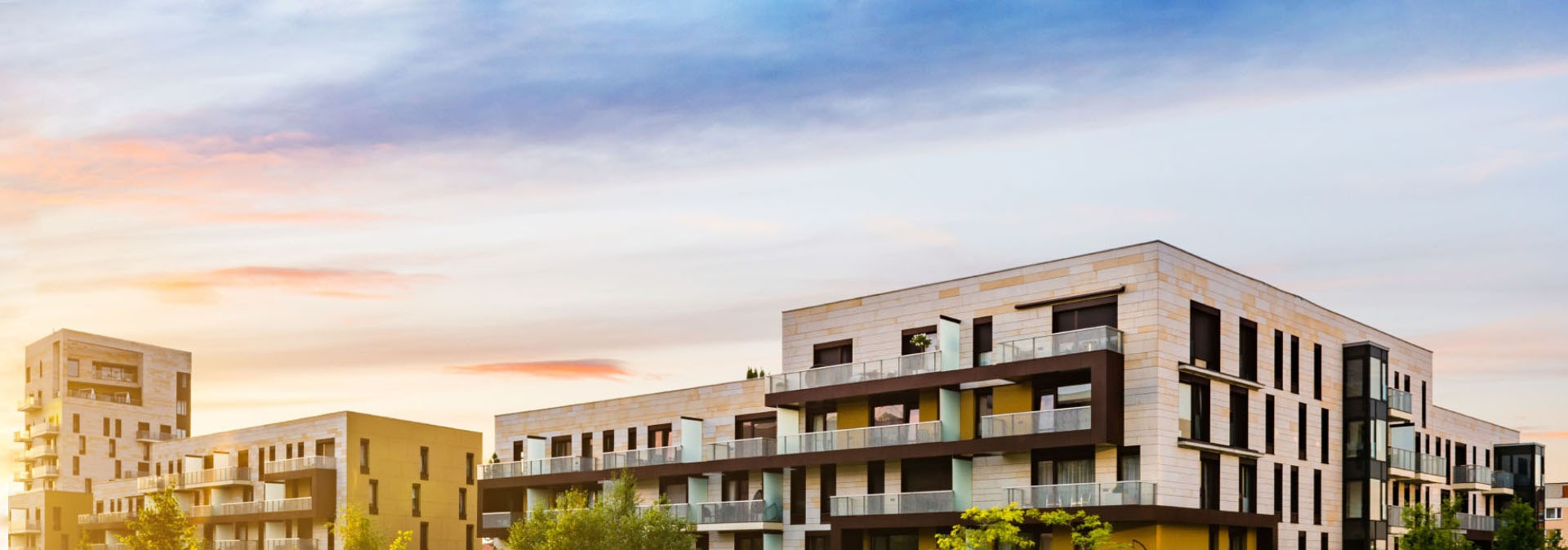

Engineering of Buildings and Territories
We develop engineering concepts that meet modern requirements and are implemented taking into account the best world practices.


HPBS Academy
We strengthen companies that are on the path of sustainable development, share our experience and knowledge in the following issues: climate risk and greenhouse gas management, green certification and engineering of buildings and territories.


